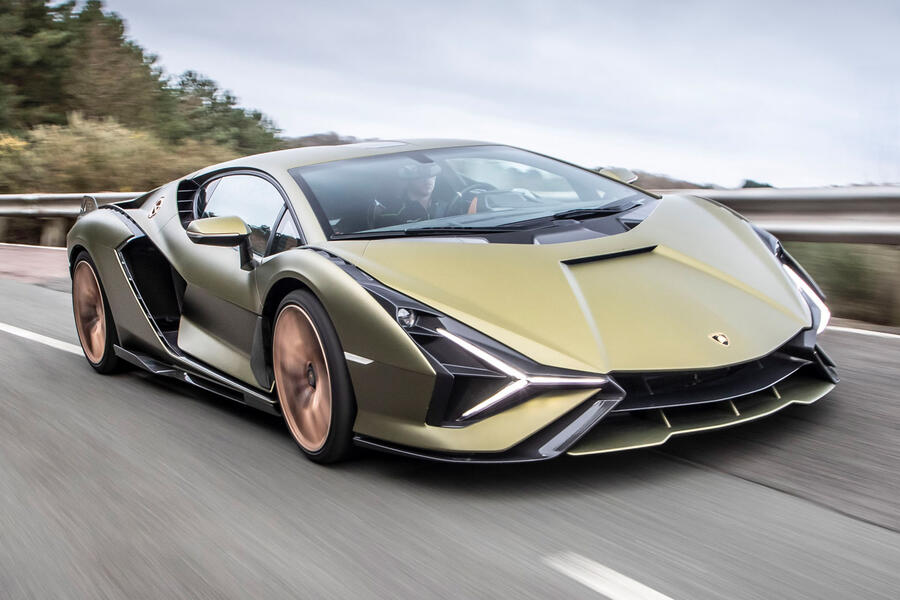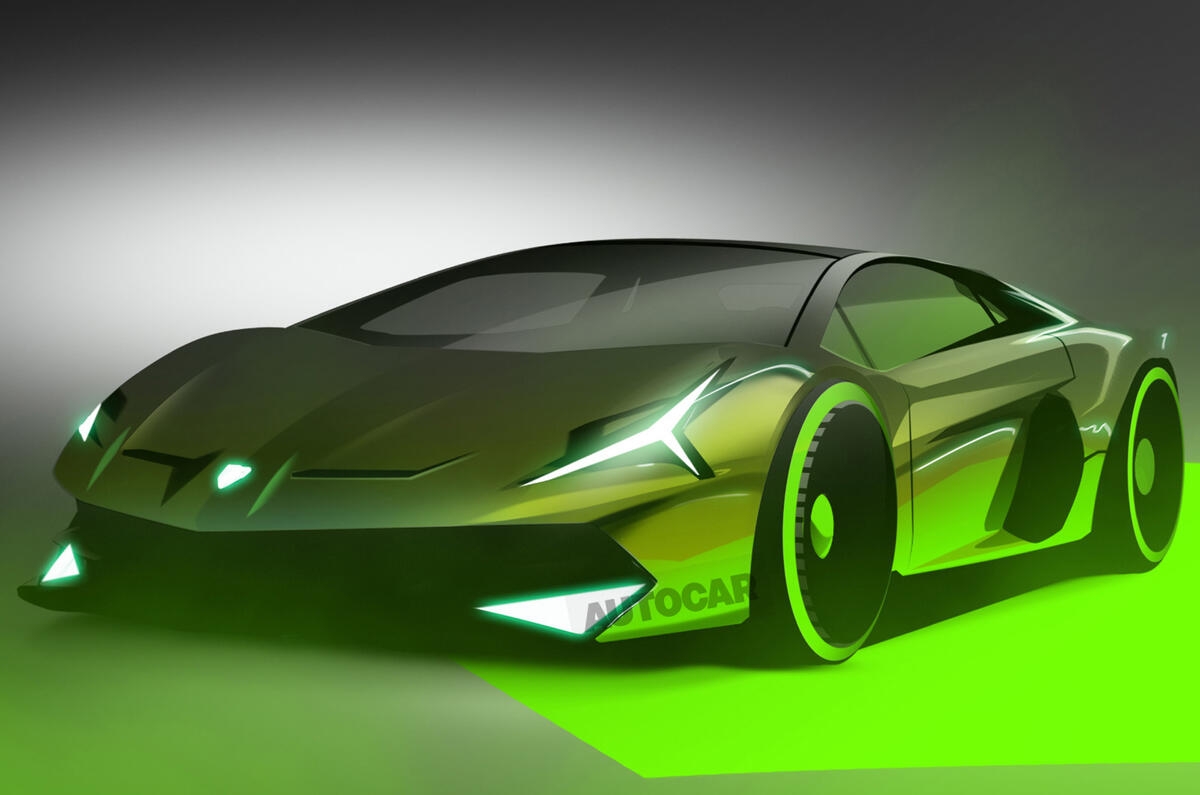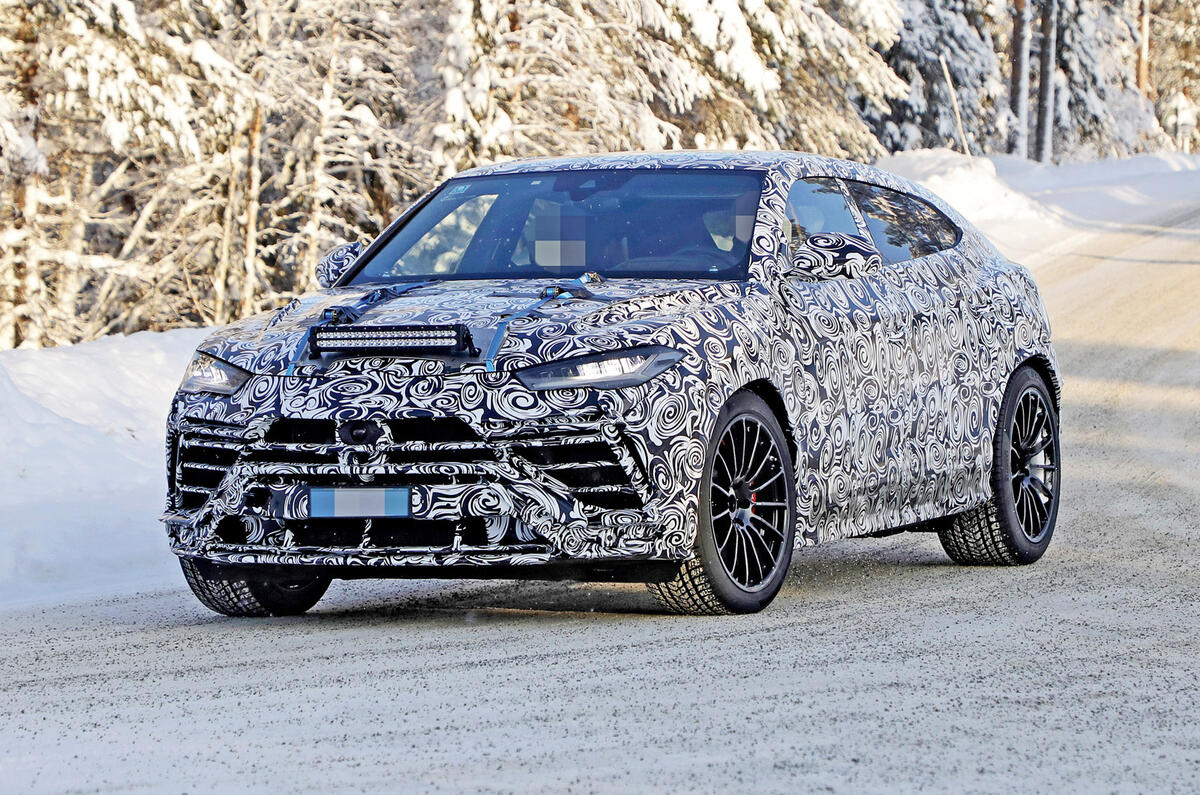Lamborghini will introduce plug-in hybrid powertrains to all three of its current model lines within the next three years, before launching its first battery-electric vehicle by the end of the decade.
The brand's three existing models will be electrified in 2023 and 2024, with the arrival of the facelifted Urus SUV and what are expected to be the successors to the Lamborghini V10 Huracán and V12 Aventador supercars. While the Urus will offer various powertrains where regulations allow, the Huracán and Aventador successors are likely to be sold exclusively as plug-in hybrids.
The move is part of Lamborghini's Direzione Cor Tauri roadmap, driven by the need to reduce the firm's environmental impact and under which the firm will invest more than £1.3 billion in PHEV technology in the next four years. But Lamborghini boss Stephan Winkelmann has vowed to "keep the DNA" of the brand and "take it to the next level".
"We know that in order to stay competitive we have to decide with conviction," said Winkelmann. "We have to shorten development times, and work with the utmost discipline. I see Lamborghini like a powerful rocket setting out for a new mission. The Urus was our first ignition on this journey, and now we are firing up the second stage."
Winkelmann refused to go into detail on the exact technical specifications of the powertrains planned for the supercars but told Autocar: “It will underline the CO2 emissions on the one hand and the power output on the other.” The firm is aiming to reduce the CO2 emissions of its product line-up by 50% by the end of 2025.
He added that the cars will have performance “equal to or even better than today”. Winkelmann confirmed that the Aventador and Huracán successors will use plug-in hybrid powertrains, rather than the supercapacitor system featured on the new, Aventador-based Sián FKP 37. He added that the Aventador successor would retain a V12, but didn't specify that the Hurácan successor would use a V10, potentially signalling a change in engine for that model.

While Winkelmann said the Sián’s mild-hybrid powertrain is “a good bridge to test the reaction of our customers” to electrification, its limited electric capacity compared with a PHEV means that it wouldn’t meet Lamborghini’s future emissions targets.
Instead, the firm is likely to use a system similar to that seen on Ferrari’s SF90 Stradale, with an internal combustion engine powering the rear axle, an electric motor powering the front axle and torque vectoring used to balance the output.













Add your comment